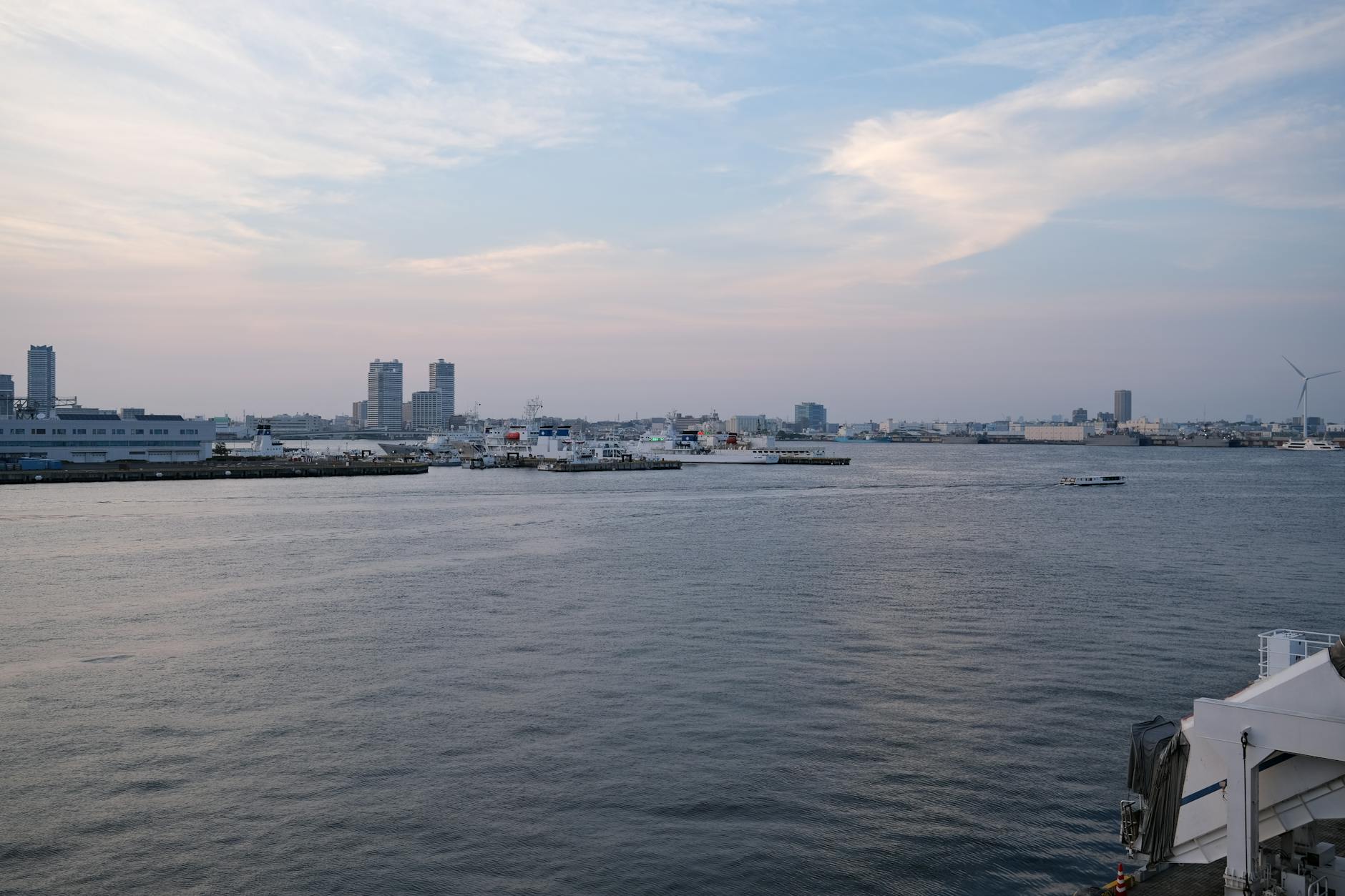Japanese Knotweed Concerns Surface in Seaside Community
Residents Express Worries Over Invasive Plant’s Proliferation
A seaside town is experiencing growing concern among its residents as Japanese knotweed, an invasive plant species, has been observed spreading significantly along the waterfront. The plant, known for its rapid growth and potential to cause structural damage, has prompted fears among locals regarding its impact on property values and the local environment.
Understanding the Invasive Threat
Japanese knotweed (Fallopia japonica) is a perennial plant originating from East Asia. It was introduced to the UK in the 19th century, and its aggressive nature has led to widespread concern. The plant can grow up to three meters in height and is characterized by its bamboo-like stems, shovel-shaped leaves, and clusters of small white flowers.
One of the primary concerns with Japanese knotweed is its subterranean root system, known as rhizomes. These rhizomes can spread several meters underground and are incredibly resilient. They can regrow from even small fragments, making eradication a significant challenge. Reports from environmental agencies often highlight the plant’s ability to penetrate concrete and asphalt, potentially causing damage to building foundations, retaining walls, and other infrastructure.
Local Concerns and Property Value Fears
Residents in the affected seaside town have voiced anxieties about the plant’s presence. The primary worry revolves around the potential devaluation of their homes. Numerous property industry reports and surveys have indicated that the presence of Japanese knotweed can significantly impact a property’s marketability and value, often requiring costly professional removal treatments.
According to local accounts, the plant’s “extensive” spread along the waterfront has become a visible issue. This has led to discussions among homeowners about the potential for the infestation to spread further inland, affecting residential gardens and property boundaries. The visual impact of the dense growth is also a point of concern for the aesthetic appeal of the coastal area.
Environmental and Ecological Considerations
Beyond the economic implications, Japanese knotweed poses a threat to local ecosystems. Its rapid growth allows it to outcompete native plant species, reducing biodiversity in affected areas. The dense stands it forms can shade out smaller plants, disrupting the natural balance of local flora and fauna. While not directly toxic, its dominance can alter habitats for insects and other wildlife.
Environmental organizations often emphasize the need for careful management and control of invasive species like Japanese knotweed. Strategies typically involve a combination of physical removal, chemical treatment, and long-term monitoring to prevent regrowth. The effectiveness and environmental impact of different control methods are subjects of ongoing study and debate among conservationists and land managers.
Navigating Removal and Regulation
Addressing Japanese knotweed infestations requires specialized knowledge and often involves professional intervention. The Environment Agency in the UK provides guidance on identifying and managing invasive plants, including Japanese knotweed. Their advice often stresses the importance of preventing its spread, particularly by ensuring that excavated material is disposed of correctly to avoid re-establishment.
The legal and regulatory framework surrounding Japanese knotweed in the UK is designed to manage its spread. Under the Environmental Protection Act 1990, Japanese knotweed is classified as controlled waste. This means that its removal and disposal must be carried out by licensed contractors, and it cannot simply be put in general waste or composted.
Potential Economic and Community Impact
The presence of extensive Japanese knotweed can have a ripple effect on a community. Beyond individual property values, it can affect the overall attractiveness of a town for tourism and investment. The cost of tackling widespread infestations can also place a burden on local authorities and landowners alike. Community-led initiatives and awareness campaigns are often crucial in managing such environmental challenges.
The long-term implications for this seaside town will likely depend on the effectiveness of control measures implemented and the level of community engagement. Proactive management and informed action are key to mitigating the potential negative impacts of invasive species.
Key Takeaways for Residents
- Japanese knotweed is an invasive plant known for its aggressive growth and potential to damage property.
- Residents are concerned about its spread along the waterfront and its impact on property values.
- The plant’s resilient root system makes it difficult to eradicate.
- Control and removal often require professional intervention and adherence to environmental regulations.
- Invasive species can negatively impact local biodiversity and ecosystems.
What to Do Next
For property owners concerned about Japanese knotweed, it is advisable to consult with qualified invasive plant specialists for identification and treatment plans. Local council websites and the Environment Agency also provide valuable resources and guidance on managing infestations and understanding legal obligations for disposal.


























